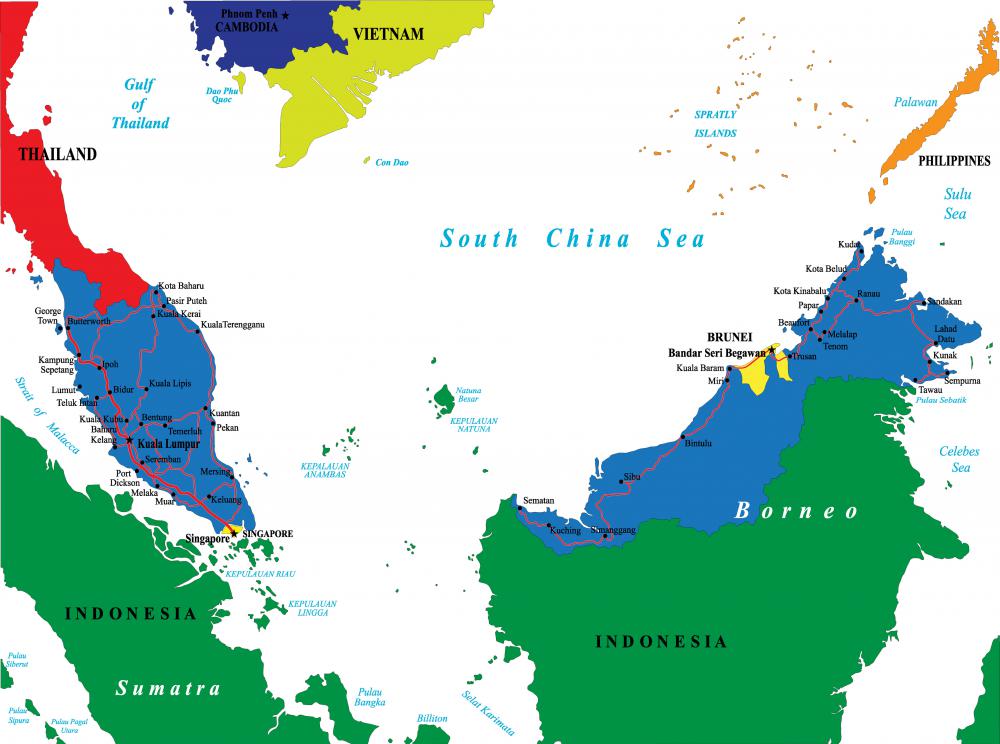At DelightedCooking, we're committed to delivering accurate, trustworthy information. Our expert-authored content is rigorously fact-checked and sourced from credible authorities. Discover how we uphold the highest standards in providing you with reliable knowledge.
What Is Ketupat?
Ketupat is a form of cooked rice commonly found in various parts of Southeast Asia, including the countries of Malaysia, Indonesia, Brunei, Philippines, and Singapore. The rice is compressed while cooking, which gives it a taste profile similar to rice dumplings. This compression results from being cooked inside a pouch, and the rice absorbs water and expands while it cooks, causing compression.
As a complete dish, ketupat is served alongside a gravy made from ground nuts called kuah kacang, which translates to nutty gravy, and beef rendang. Cucumber slices are also commonly served as a side dish. Alternatively, it can be served with satay sauce, a peanut sauce, or sliced up and served in a sweet coconut curry.

Ketupat is cooked in casings, or pouches, made from coconut leaves. Coconut leaves are woven in a crisscross fashion to form a pouch, which is then filled with rice before cooking. Often, people purchase the pouches ready made, rather than weaving them.
When making the dish, the pouches are generally filled slightly less than half full of rice and then sealed shut. Sometimes, each pouch is filled with a greater amount of rice, up to two-thirds full, and the result is a firmer, denser dumpling. This is merely a matter of preference. The two types of rice that can be used in ketupat are responsible for two of the most common varieties found, namely ketupat nasi and ketupat pulut. The former is made with white rice and the latter with glutinous rice.

The sealed rice pouches are placed in a large pot of water and boiled for several hours. If the pot is not too crowded with pouches and there is plentiful water, it should be boiled for about three to four hours. Larger batches may require a boiling time of up to six hours. During the boil, it is important to maintain the water level so that all pouches are completely submerged at all times. It is also important to move the pouches around regularly to ensure they all have an equal level of water absorption.
Coconut leaf pouches are usually inexpensive and available at a local tukang sayur, which is a man selling vegetables from a cart. The pouches are triangular in shape, which allows for optimal draining and drying of the ketupat after the cooking is finished. After cooking, the pouches are hung so there is proper aeration. This is necessary for storage.
Ketupat is commonly made in large batches and eaten during festivals and holidays such as Eid ul-Fitr, the Muslim holiday marking the end of Ramadan. Additionally, it is often served at weddings. When eaten, the pouches are opened and the rice dumpling is sliced into pieces and dipped in a sauce or gravy.
AS FEATURED ON:
AS FEATURED ON:












Discuss this Article
Post your comments